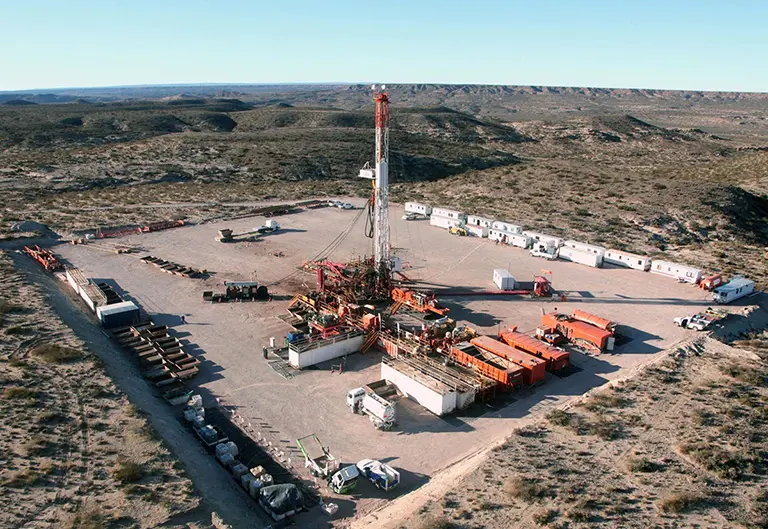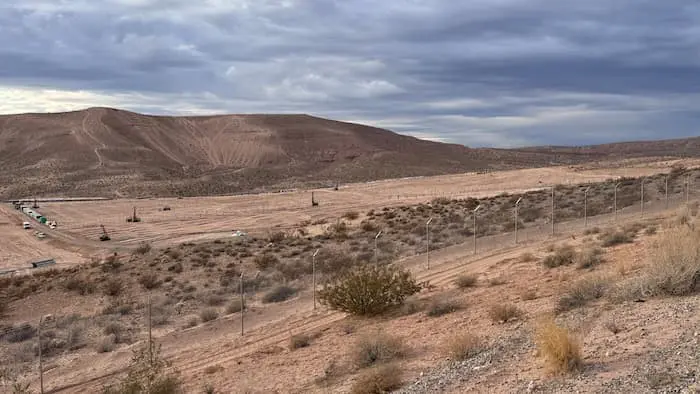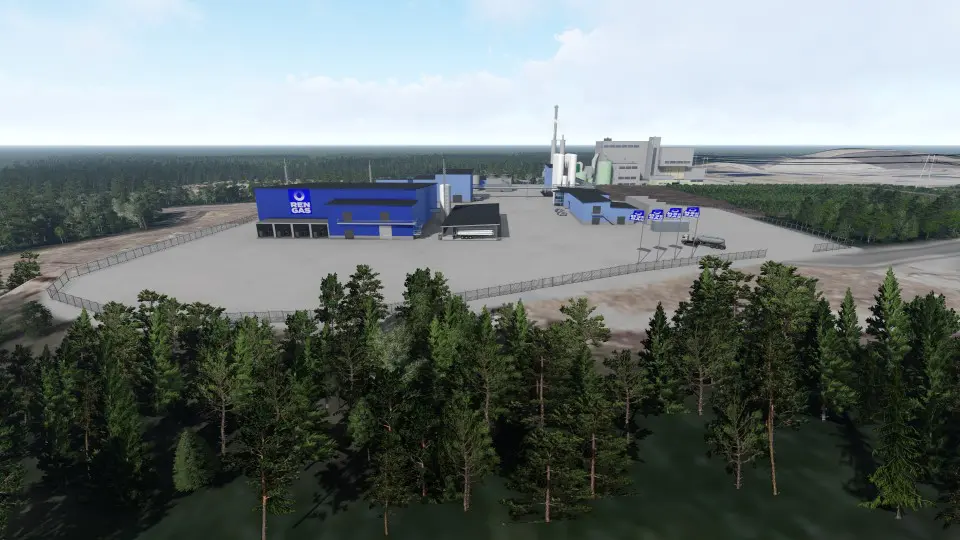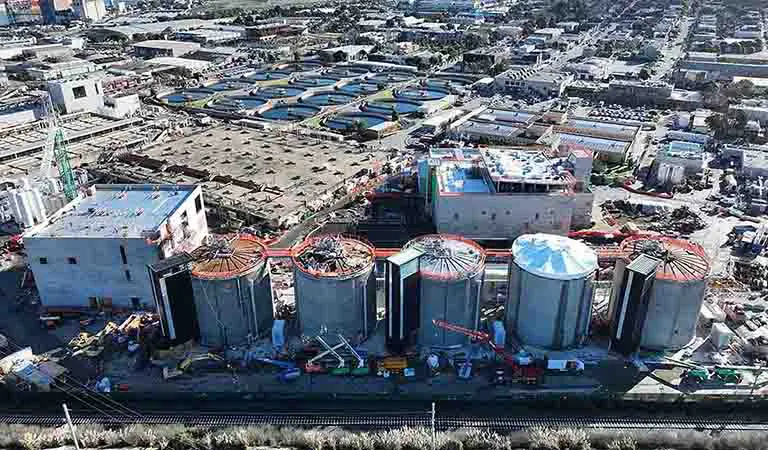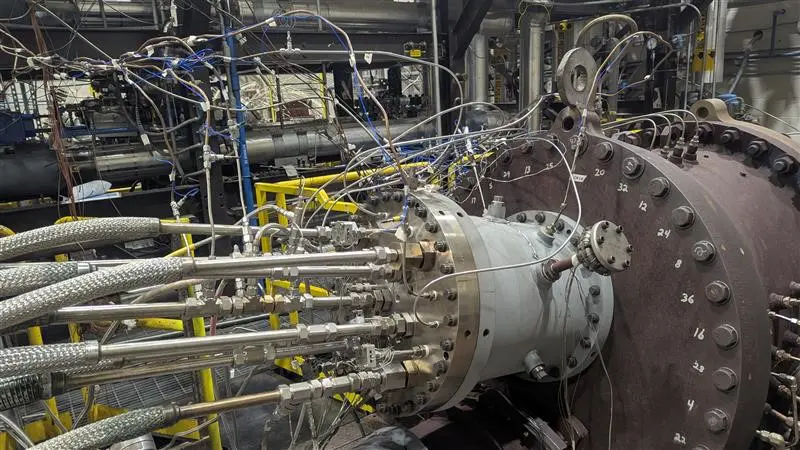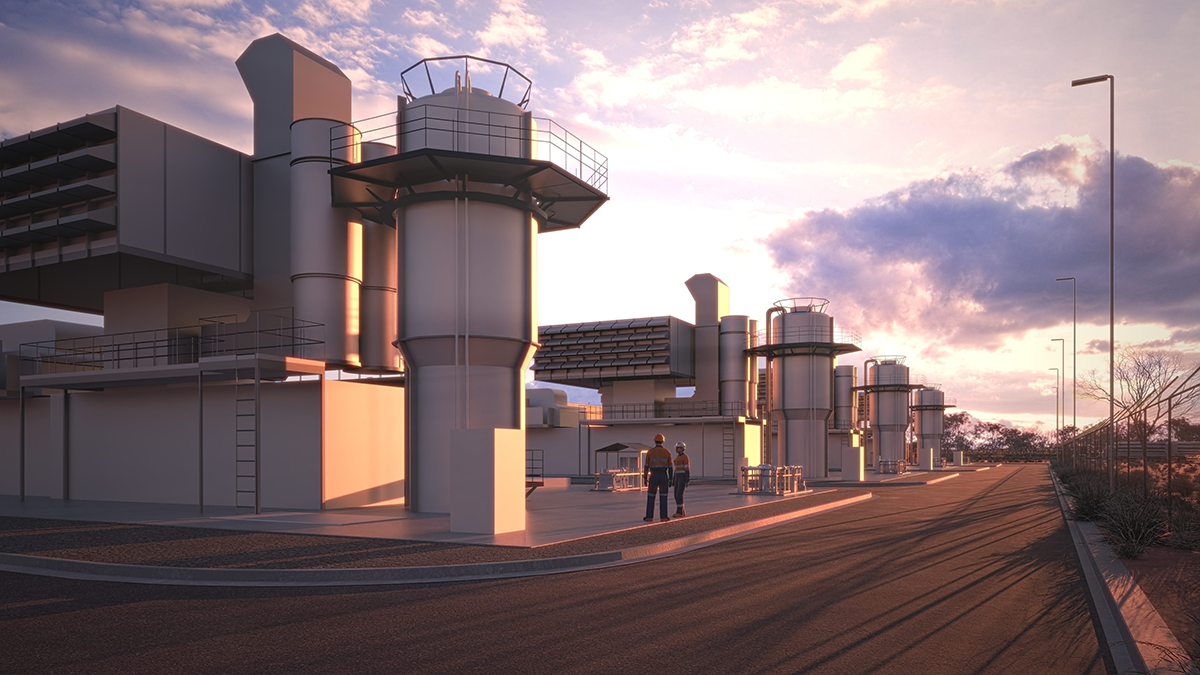
New Walmart Stores Feature Lower Energy Use, EV Charging

Walmart plans to build or convert more than 150 stores over the next five years, as well as remodel 650 stores over the next 12 months. Walmart employs around 1.6 million people in the United States, and estimates that the investment will require the support of tens of thousands of jobs in addition to the jobs created from the opening of new stores. Walmart has been raising wages and offering employees perks, like tuition-free college starting on day one, flexible scheduling, and more paid time off.
The new and remodeled stores will implement the company’s Store of the Future concept, which features new layouts, product selections, and technology. “These new facilities will be designed with sustainability in mind, including more energy-efficient equipment and lighting, lower impact refrigerants, and more,” said John Furner, president and chief executive officer of Walmart US. “We’re also working on developing a coast-to-coast network of affordable electric vehicle fast-charging stations we hope will make electric vehicle [EV] ownership a more convenient and accessible choice for Walmart shoppers and associates.”

In 2016, the same year as the Paris Agreement, Walmart was the first retailer that used a science-based target to help it reduce operational and supply chain emissions. It was also the first retailer to make a zero-emissions commitment that doesn’t rely on carbon offsets. In 2020, it realigned its science-based target to the Paris Agreement trajectory of 2.7°F (1.5°C).
In 2017, Walmart debuted Project Gigaton to unite its supply chain around climate action, including other companies, non-governmental organizations, and other stakeholders. The goal is to reduce or avoid 1.10 billion tons (1 billion tonnes) of greenhouse gas emissions from the global value chain by 2030, the equivalent of taking 200 million passenger vehicles off US roads. The project has been a resounding success, with more than 4500 suppliers signing on. According to Walmart, 633 million tons (574 million tonnes) have already been reduced or avoided across six categories — energy use, nature, waste, packaging, transportation and product use, and design.

As of its 2022 fiscal year, 47% of Walmart’s operations are powered with renewable energy. By 2030, the company plans to add 1 GW of on-site clean energy at its facilities. Walmart has more than 600 on- and off-site renewable energy projects in operational or under development. By the end of 2030, the company expects to put into service more than 10 GW of clean energy projects on- and off-site, which is the equivalent power consumption of more than 2 million households.
Walmart has pledged to be net-zero by 2040. Its short-term goal is to reduce absolute Scope 1 and 2 emissions by 35% by 2025 off of a 2015 base and by 65% by 2030. Between 2015 and 2021, Walmart reduced absolute Scope 1 and 2 emissions by 23.2%.

